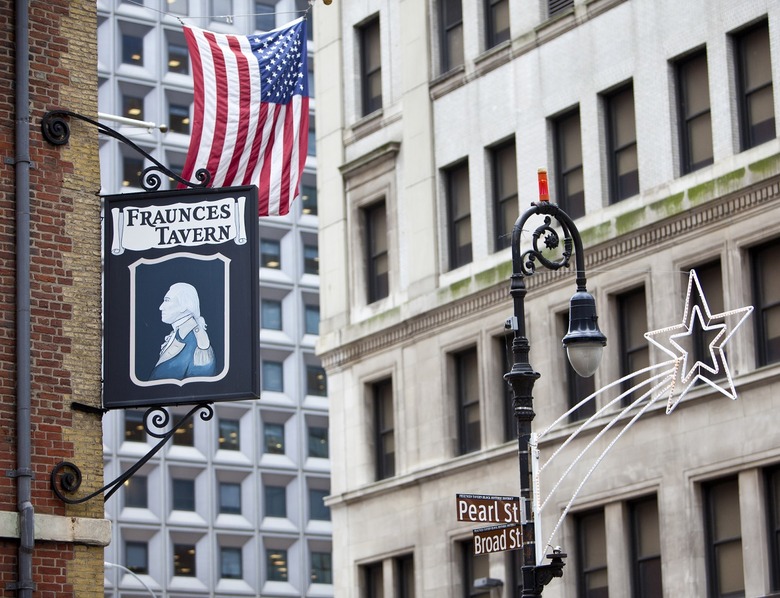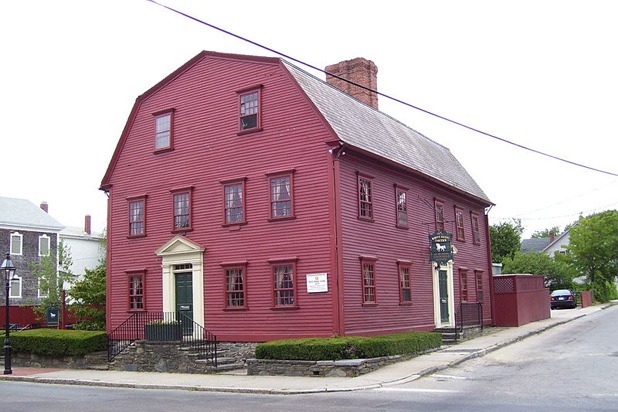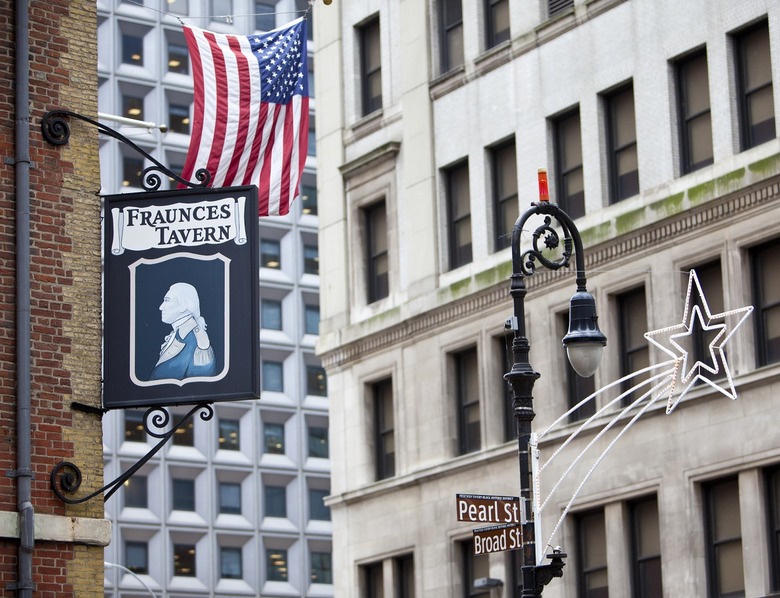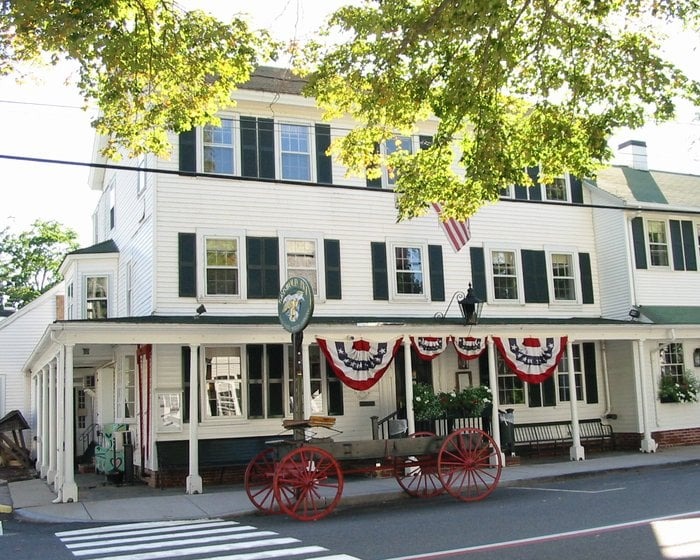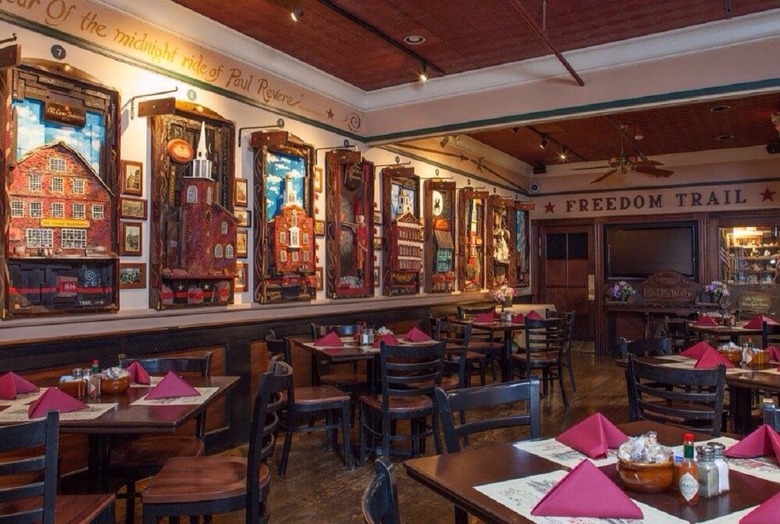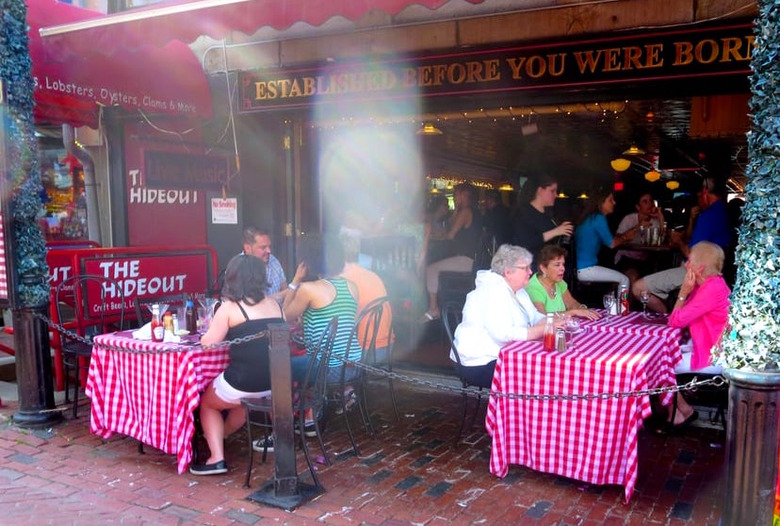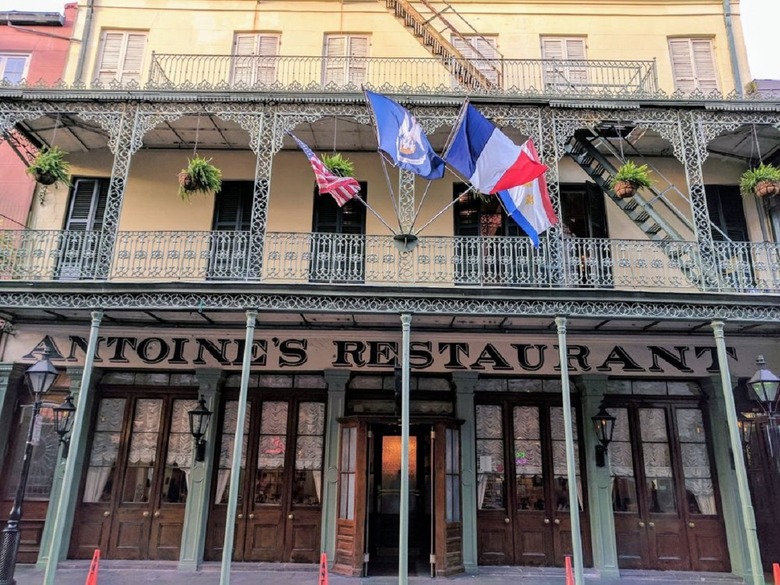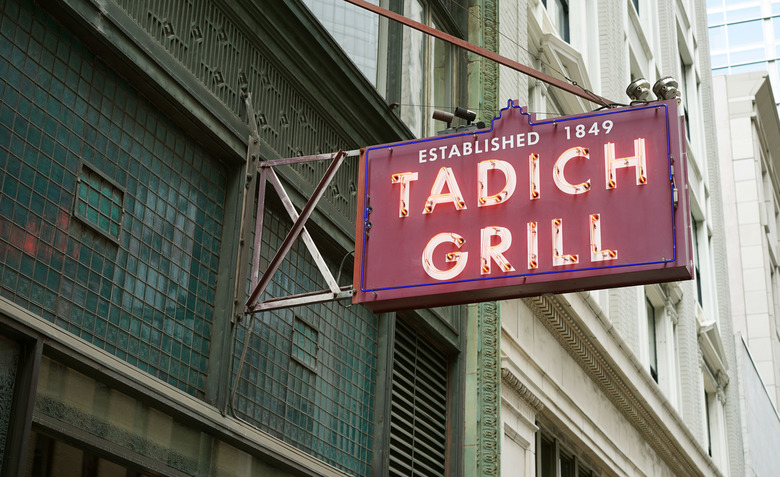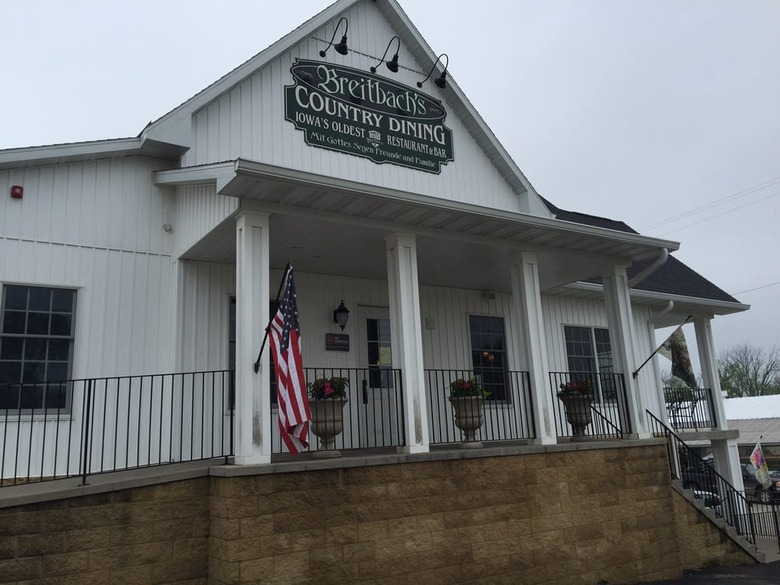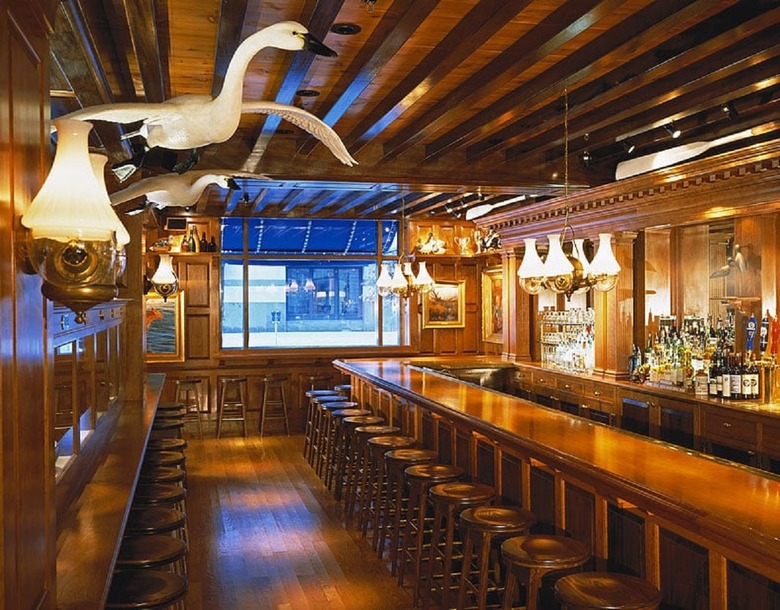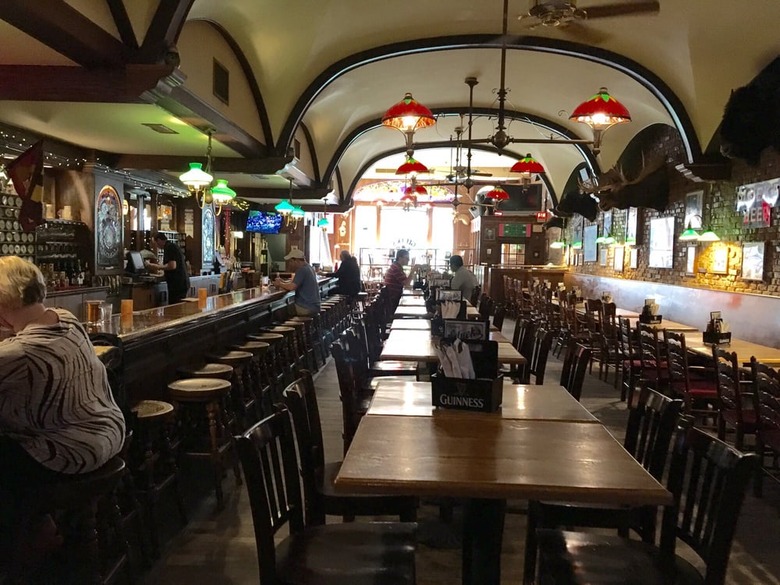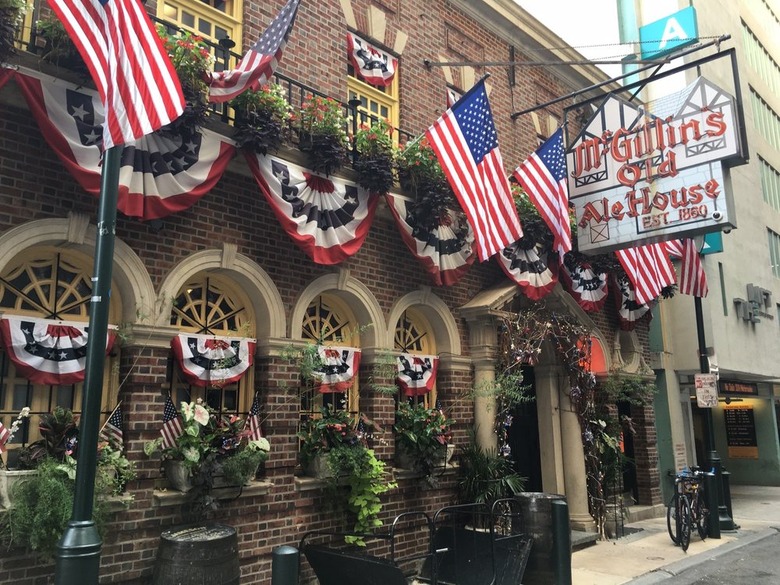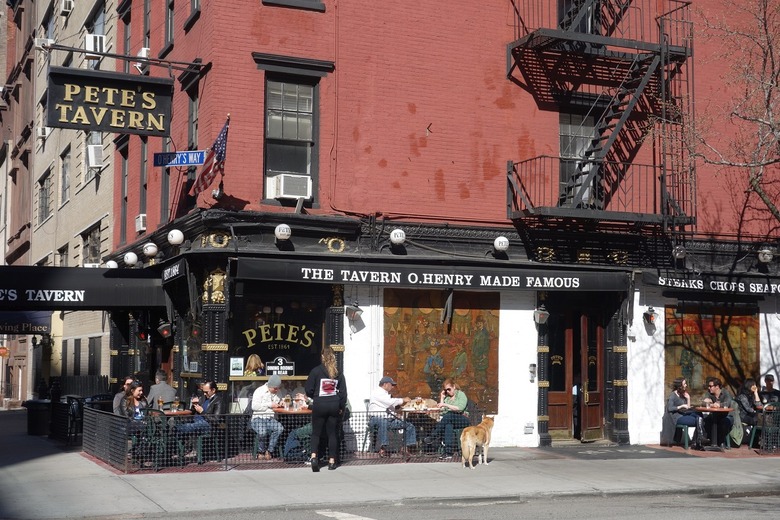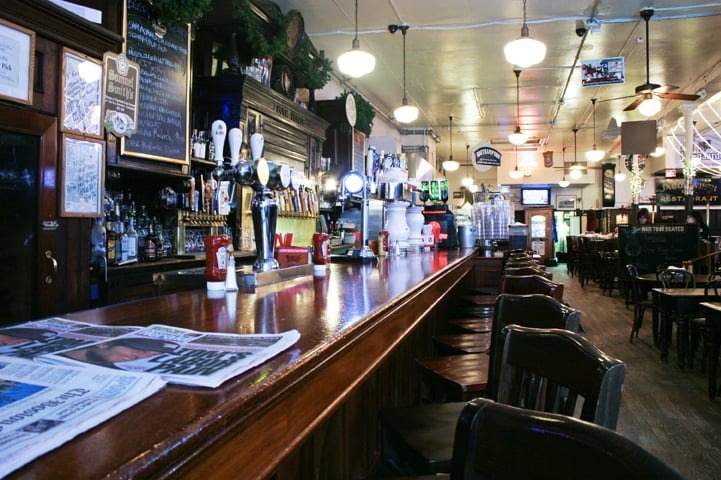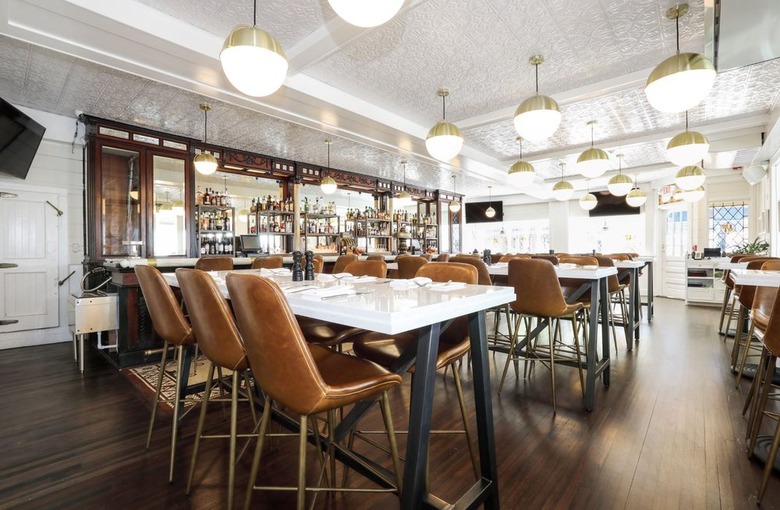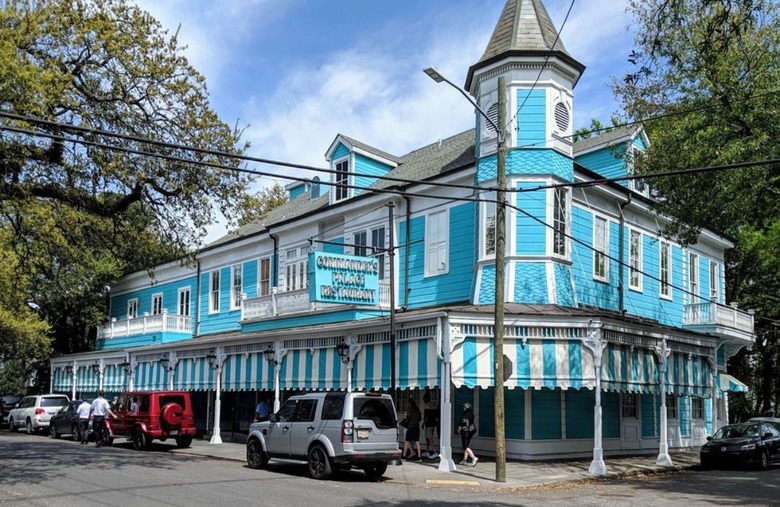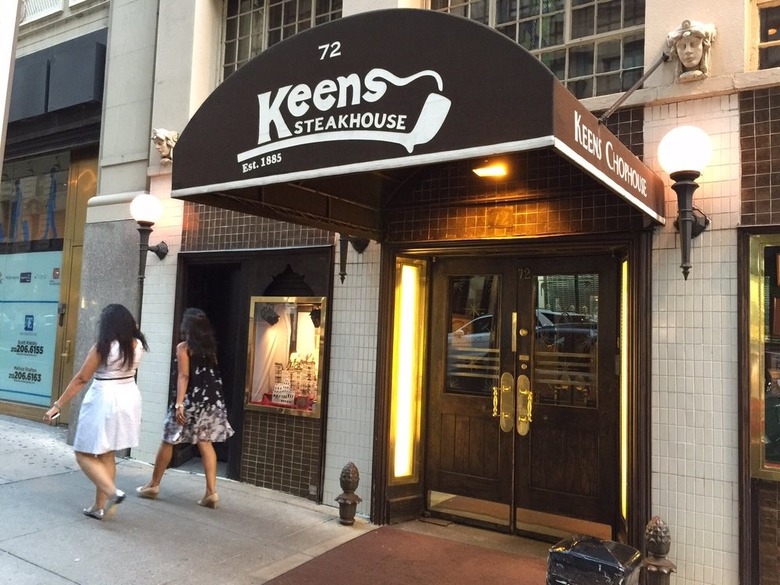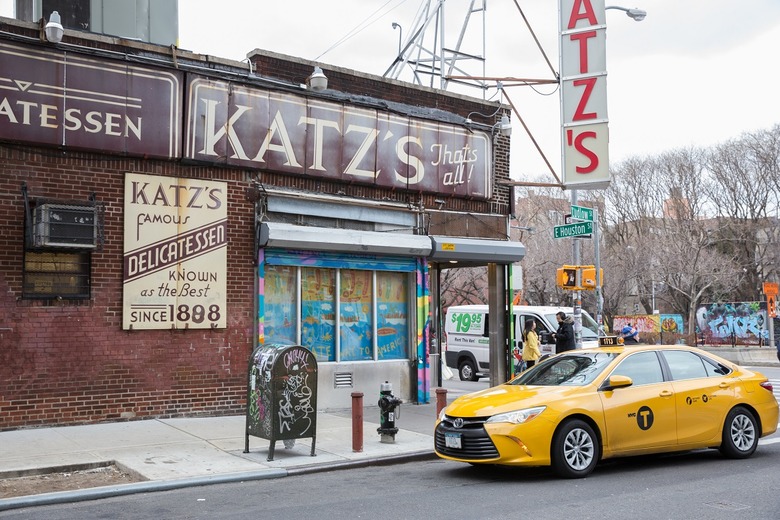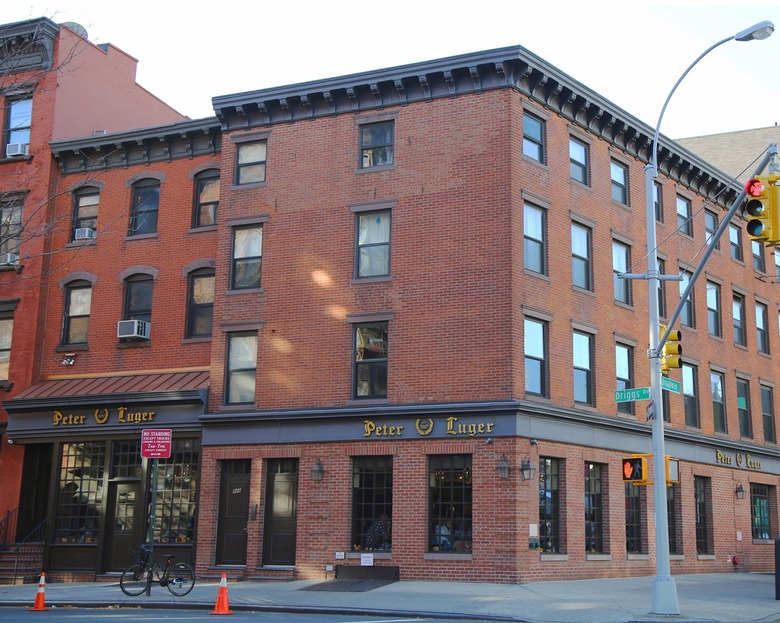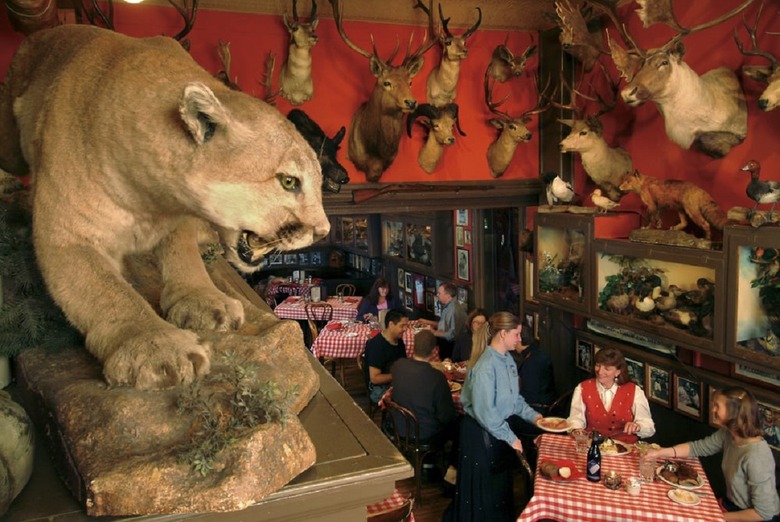America's Oldest Restaurants Slideshow
What can you expect from one of America's longest-running restaurants? A timeless design and a menu concept that's build to last, a roster of famous clientele (often including former presidents), and sometimes even a history that includes a disaster or two, such as a devastating fire or flood.
But more than these quantitative characteristics, the oldest restaurants in the country have lasted this long due to unique qualities that are much harder to define.
For instance, Breitbach's Country Dining opened in Balltown, Iowa, in 1852 and is one of the oldest family-run restaurants in the nation. Breitbach's suffered a fire in 2007 that destroyed the building, and immediately, the community rallied to help rebuild the structure. Exactly 10 months later the restaurant burned down again, and again the community rebuilt Breitbach's. Clearly, the livelihood of this restaurant is extremely important to the people of Balltown.
While not a definitive list, the following restaurants are some of nation's oldest. From White Horse Tavern in Newport, R.I., to The Buckhorn Exchange in Denver, consider this a checklist for dining in some of America's most time-honored spots.
White Horse Tavern (1673) Newport, R.I.
A must-visit if you're ever taking a trip to Newport, the building that houses the White Horse Tavern was constructed earlier than 1673, but it didn't open as a tavern and restaurant until that year, when William Mayes bought the property. The name "White Horse Tavern" didn't come along until Jonathan Nichols bought the restaurant in 1730 and renamed it. It is registered as a National Historic Landmark by the National Park Service.
Fraunces Tavern (1762) New York, N.Y.
The first building constructed on this property (currently located in New York City's Financial District) was the home of New York mayor Stephanus Van Cortlandt in 1686. Cortlandt gave the house to his son-in-law in 1700, who eventually sold it to Samuel Fraunces. Fraunces renovated the building and turned it into a tavern and restaurant in 1762. Fraunces Tavern was a frequent meeting place of the Sons of Liberty before the American Revolution. Perhaps the most famous historical event to take place in the restaurant was on the evening of December 4, 1783, when the tavern held a congratulatory dinner for George Washington and his troops after they pushed the British army out of New York.
Griswold Inn (1776) Essex, Conn.
The Griswold is one of the oldest continuously run restaurants in the nation. The restaurant and inn was founded in 1776 to provide shelter and sustenance for shipyard workers building vessels for the war. The Griswold has served such esteemed guests as George Washington, Mark Twain, Albert Einstein, and Katharine Hepburn. The restaurant continues to serve rustic American fare and is decorated with many of the building's original fixtures.
Union Oyster House (1826) Boston, Mass.
Before turning into a restaurant in 1826, this building held "At the Sign of the Cornfields," a formal dress store — in 1771 a printer named Isaiah Thomas used the second floor to publish a newspaper called The Massachusetts Spy. The original name of the restaurant was the Atwood and Bacon Oyster House, but quickly changed to the Union Oyster House. The Boston restaurant claims that the toothpick was popularized here after a businessman imported the picks from South America and hired eager Harvard University students to dine at the Union Oyster House and request the convenient teeth-cleaning tools. Union Oyster House is registered as a National Historic Landmark.
Durgin-Park Café (1827) Boston, Mass.
The Durgin-Park Café originally opened in Faneuil Hall Marketplace in 1827 and catered only to men (particularly market merchants and ship crews from Boston Harbor). Today, as always, Durgin-Park is known for its infamously sassy waitresses, as well as for traditional Yankee recipes for clam chowder and baked beans, which are eaten at the restaurant's long communal tables.
Antoine's Restaurant (1840) New Orleans, La.
Located in the French Quarter of New Orleans, Antoine's has been serving up authentic Louisiana Creole fare since it opened in 1840. The restaurant was founded by Antoine Alciatore and has been run by his family ever since, making it the oldest family-run restaurant in the country. Alciatore claimed to have invented Oysters Rockefeller in the Antoine's kitchen. The original location of the restaurant was one block away from the current spot; they moved in 1868 due to popular demands for expansion.
Tadich Grill (1849) San Francisco, Calif.
The Tadich Grill opened in 1849 during the height of the Gold Rush in California, when thousands headed west in hopes of striking it rich. Initially opening as a coffee stand, Tadich Grill has been a full-service restaurant since employee John Tadich bought it in 1887. The eatery claims to be the first U.S. restaurant to grill seafood over mesquite charcoal, a cooking method the Croatian owner used while growing up.
Breitbach’s Country Dining (1852) Balltown, Iowa
Breitbach's, the oldest restaurant in Iowa, was established in 1852 in Balltown under a permit issued by President Millard Fillmore. Employee Jacob Breitbach bought the restaurant from the original owner in 1862 and it's been run by the family ever since (now on the sixth generation of ownership). The first of two fires that destroyed the building happened in 2007, and the restaurant was rebuilt immediately with the help of hundreds of volunteers from the community. Ten months later, the second fire struck, but the community rallied together once again to rebuild Breitbach's.
Old Ebbitt Grill (1856) Washington, D.C.
The Ebbitt was first a boardinghouse hosting famous military heroes and statesmen — it was a favorite of Presidents Teddy Roosevelt, Grant, and Cleveland. The restaurant and bar moved in the early 20th century into the current National Press Building, which was home to two other bars at the time, one Dutch and one Old English. Old Ebbitt combined with the other two bars in the 1920s and moved once again down the street. The final move came in 1983, around the corner into the Beaux-Arts building.
Gluek’s Restaurant and Bar (1857) Minneapolis, Minn.
In 1857, Gottlieb Gluek, who moved from Germany to Minneapolis in 1855, opened the Mississippi Brewery (which he quickly renamed Gluek Brewing Company). They brewed a handful of beers on the premises and served traditional German fare. Gluek sold the building in 1933 and it operated as Fransen's until 1979 when the owners restored the original name and design. A fire destroyed the building in 1989, but the restaurant was rebuilt immediately.
McGillin’s Olde Ale House (1860) Philadelphia, Pa.
The oldest continually operated restaurant and tavern in Philadelphia, McGillin's opened its doors the same year Lincoln was elected (in 1860, just a few years after the Liberty Bell cracked). The spot was originally called The Bell in Hand, but patrons began calling in McGillin's after the owner, William McGillin. He and his wife raised their 13 children upstairs from the tavern, but eventually the restaurant expanded to include their living space as well as the oyster house next door.
Pete’s Tavern (1864) New York, N.Y.
The building that houses this bar and restaurant located in Manhattan's Gramercy Park neighborhood was originally built in 1829 as the Portman Hotel. The spot first became a bar and restaurant in 1864. Writer O. Henry is known as one of Pete's most loyal and famous customers; some even believe that he wrote The Gift of the Magi from the second booth.
Jacob Wirth Restaurant (1868) Boston, Mass.
Jacob Wirth grew up in Prussia and moved to the United States in 1868, the same year he opened the original location of his namesake restaurant. Ten years later, he moved the establishment across the street to the Greek Revival building, which was built in 1844. Jacob Wirth Restaurant has been serving up draught beer and hefty servings of wiener schnitzel and bratwurst for more than 100 years.
Claudio's (1870) Greenport, N.Y.
In the 1800s, Greenport was a thriving whaling town that served as a destination for large ships and vessels. A whaler named Manuel Claudio would sail in and out of Greenport on voyages and eventually saved up enough money to open his own restaurant in 1870, which he named Claudio's. The building (now a registered National Historic Landmark) was constructed in 1845.
Commander’s Palace (1880) New Orleans, La.
A slice of New Orleans dining history — it opened in 1880 — this culinary landmark has long been collecting accolades for everything from its service to its wine list to its "haute Creole" cuisine. It's still going strong, now with chef Tory McPhail at the ovens. The gold standard of family-run restaurants, Commander's Palace offers a dining experience that could win you over on its Southern charm alone — and you'd be remiss to not order the turtle soup that's practically synonymous with the place.
Keens Steakhouse (1885) New York, N.Y.
Keens is known as the home of the "Mutton Chop," an enormous portion of mutton (though in the past decades the restaurant has switched over to serving lamb). The restaurant is also home to the largest collection of churchwarden pipes in the world — there's an estimated 50,000 or so on display.
Katz’s Delicatessen (1888) New York, N.Y.
This Jewish kosher deli has been making converts with its salami, pastrami, hot dogs, and more since 1888, when it was opened by a Russian immigrant family. You can get a taste at the counter from one of the expert slicers, and marvel at how great it is that a place like this exists. Then you dive into pickles and a huge pastrami sandwich with mustard and a big price tag. It's worth it. And the pastrami and eggs "made like the boss likes it," with eggs cooked on the hot dog grill to get that greasiness? Not many things better for breakfast. Just don't lose your ticket; you don't want to know what happens.
Peter Luger Steak House (1887) New York, N.Y.
Peter Luger is a Brooklyn classic — an institution, even. Serving steak since 1887, the restaurant presents a simple menu. Single steak, steak for two, steak for three, or steak for four. In other words, how many people are you going with? Okay, so there's a little more selection than that, but the point here is high-quality, expertly prepared beef, along with the famous house sauce, sliced tomato and onion salad, and of course, the celebrated thick-cut bacon appetizer. Many imitators, one original.
The Buckhorn Exchange (1893) Denver, Colo.
Henry "Shorty Scout" Zietz opened the Buckhorn Exchange during a time when cattlemen, miners, railroad workers, silver barons, Indian chiefs, drifters, and businessmen all dined under the same roof. The restaurant was given the first liquor license in the state of Colorado and the food menu remains mostly unchanged to this day.
Louis' Lunch (1895) New Haven, Conn.
Take a trip to Louis' Lunch for a burger of historic proportions, cooked to order just like it was when Louis made the very first "hamburger sandwich" in 1900 — hand-shaped patties served between toast with cheese (and onion, if you're lucky and it's not too crowded). The burgers are even cooked on original cast-iron grills that date back to 1898. For more on the oldest eateries across America, check out our guide to the oldest restaurant in every state.
More from The Daily Meal:
The 18 Weirdest, Wildest Restaurants Around the World
25 Restaurants That Are Actually Worth Waiting in Line For
Tips and Tricks for Saving Money at Restaurants
